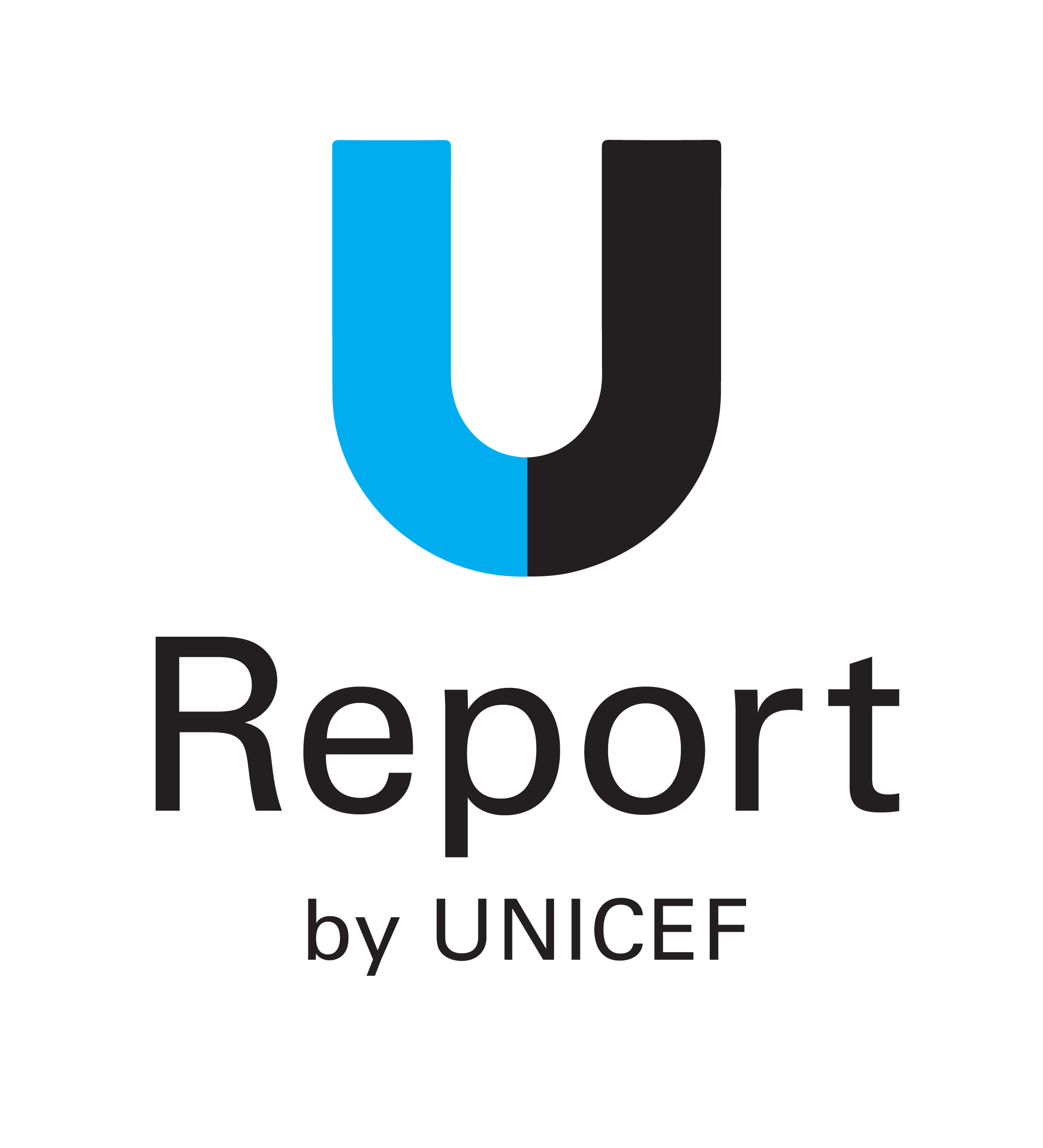
Raising awareness involves taking the information you learned during the fact-finding section and turning it into something people can easily understand. You also need to inspire them to get involved and take action.
You will need to build momentum throughout your advocacy process, continuously drawing people together to support your cause. The way you communicate your ideas and activities will depend on which stage of the advocacy journey you are on. Whether you are just beginning or further down the line, there are some important points for you to consider.
To do this, you need to know your audience. Ask yourself these kinds of questions:
- What is important to the people I am speaking to?
- What do they need to hear to realise the importance of this issue?
- Who do they need to hear this message from?
- How do I want them to get involved?
- What kind of language would be most appropriate?
Spend time developing your story – this is the most powerful way of connecting with people and you want it to be meaningful. Pay careful attention to the kind of language you use in your message and make sure it is informative, kind, respectful, and encourages people to get involved. Try to avoid using overly aggressive or provocative language – you are trying to start a discussion and you want to encourage consultation and compassion in all your communication.
Think about other stories, whether it was something your grandmother told you, or a film you saw, or even a meme. Look at the stories you thought were powerful and the stories that evoked emotion in you. Our world is made up of stories, so, take time to find the best way to explain your issue through a compelling, human story.

What makes a good story?
Our world is made up of stories, and you can use compel- ling, human stories to explain your issue and connect with others. Spend time developing your narrative to make it as meaningful as possible. Try to avoid using overly aggressive or provocative language, however. You are trying to start a constructive discussion.
In general, a compelling advocacy story:
- It has a clear structure, with a beginning, middle and end.
- It is direct and concise, speaking to the point you are trying to make.
- It is relevant, drawing on the things that are important to people.
- It is personal, appealing to people’s emotions and allowing them to connect with you and your story.
- It is clear about what you want people to do.
Once you have identified your audience and developed your story, you can engage with people to raise awareness about your issue. There are many things you can do, from writing letters, to shooting a short video or creating a song, to holding talks or having conversations. Think carefully about the impact you want to achieve, and how best to do this. Go ahead and find creative ways to share your message!
![The Youth Advocacy Guide [ENG] cover page](/sites/voy/files/images/2022-04/yag_cover.png)
Let's have a look at how to bring people together and create an event about your issue.
Interested in doing advocacy? Read more about how you can champion change through advocacy here!
Also have a look at the Youth Advocacy Resources Hub for more tips, tricks and tools to help you along your advocacy journey!
